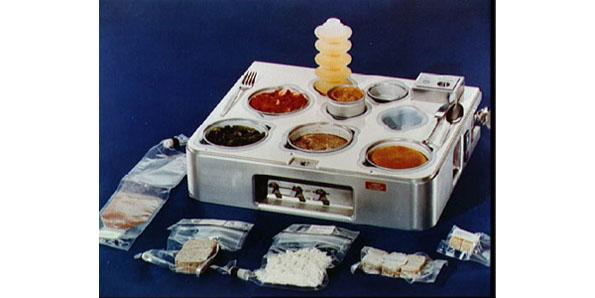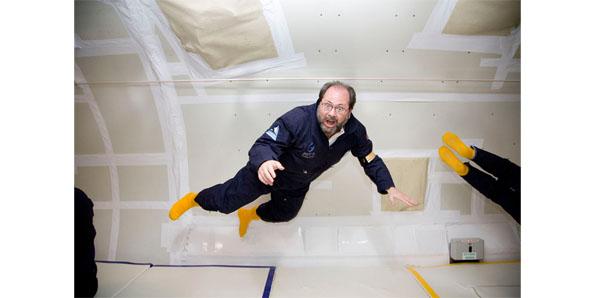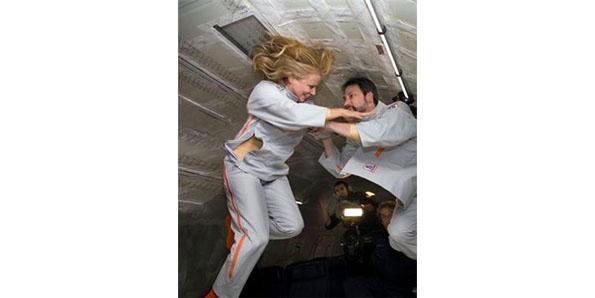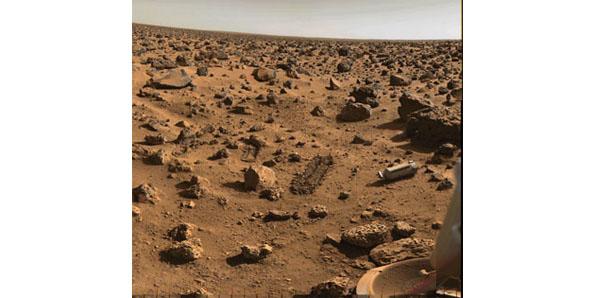Even before historical landing of Curiosity on Mars on August 5th 2012, many people were already envisioning their dream of colonizing another planet come to fruition. In fact, at this point the Mars One project was founded with a simple goal in mind, namely establishing the first human colony on Mars by 2023. While there is no denying the fact that their goals are noble, it is necessary to mention that there are several major impediments which could prevent them from even reaching the red planet. Let’s go over the factors that hinder humankind’s attempt to carry on a successful expedition to Mars.
1. The duration of the trip
Given the current technology, it is estimated that a trip to Mars would take approximately two to three years. However, considering that the crew will need provisions for the full trip plus the extra until they are settled and live off the Martian soil it means that the ship will be full and navigate slowly. And, the longer the voyage to the red planet, the higher the chances of colliding with a meteor. In addition, during this time the astronauts will start losing bone mass, muscle mass and will most likely be exposed to cosmic radiation.
2. Cancer
Since Mars has not atmosphere, it is safe to assume that the amount of cosmic rays and particles is considerably higher than on Earth. Consequentially, the Martian colonists will be exposed to a lot of radiation and hence, develop all sorts of carcinomas. In other words, until mankind develops an effective means to shield the first Martian colonists from cosmic radiation, there is a high chance the crew members die within a few weeks there.
3. Space dementia
Even if it would be possible for the first spaceship to reach Mars in approximately two years, the truth is that during this timeframe the crew will be forced to be cooped up with a bunch of other people they don’t really know. Moreover, since there is not much you can do in space, even the most excited expedition members will get bored with each other and start fighting or worse, experience the space dementia described by the Apollo astronauts.
4. Food
Granted, the colonists will surely have sufficient provisions for several years. But, what will happen when they run out of food? While one solution implies constantly sending in supplies from Earth, pulling this trick off would be extremely expensive, as besides the food, there is also the fuel and spaceship to account for. In addition, there is no guarantee that the supplies will reach their destination safely given the number of meteors lurking around between Earth and Mars.
5. Clothes
In spite of the fact that the astronaut suits did their job excellently so far, it is necessary to point out that no person has actually stayed that long in a suit before. OK, Martian gravity is lower than on Earth, a fact that surely makes carrying these heavy suits easier and improves mobility of the wearer. On the other hand, it is really no good for anything else than Martian sightseeing.
6. Zero gravity
Throughout the duration of the trip, the astronauts could be sitting in an artificial gravitational environment. Although it sounds like a lot of fun, it is necessary to mention the fact that this is all you will be doing for the next couple of years. The effects of the reduced gravitation will have a severe impact on the human body, meaning that the crew members will start losing mass and bone density at alarming rates, the circulatory, respiratory and immune system will get weaker each day and they will experience an impaired vision.
7. Fulfilling basic human needs
In spite of the fact that sex in space is a taboo topic for some, it is an important factor of the expedition especially given its duration and the possibility of the crew being stuck there for several years. Unfortunately, at this point the spaceships are just too cramped for this and do not provide sufficient privacy for intimate relationships. In addition, psychologists warn that ignoring to account for this basic human need could have devastating effects for the mission. To put it simply, no sexual activity leads to frustration manifested as aggressive behavior and that could threaten group cohesion, performance and even the crew members’ lives.
8. Terrestrial pathogens
If you were ever curious as to why astronauts adopt the surgeon-like dress code, then the main reason is to prevent the transmission of pathogens. While human beings will die when exposed to cosmic radiation, the same cannot be said about all creatures living on this planet. For instance, beinococcus radiodurans is one though little fellow that can withstand a huge dose of gamma ray radiation, 5,000 grays to be more exact. Because there is no method of predicting what could happen if the bacteria escaped on Mars, all precautions must be taken. Our current technology can’t help us with that.
9. Martian pathogens
Before you open your champagne bottle to celebrate the finding of extraterrestrial life forms, don’t forget that they are not necessarily as friendly as you see them in the movies. As NASA confirmed the existence of a bacteria that thrives in a toxic arsenic-rich environment, who knows what sorts of creatures you can find out there. Not to mention the fact that even if the expedition is a success and the crew comes back in one piece, the existence of a single Martian pathogen on the space suits or the ship could start a global pandemic.
10. It costs a fortune
In case you didn’t know, the Apollo project, which was essentially a 239,000 miles trip to the Moon, had a total costs of $25 billion. Now, considering that the distance from Earth to Mars varies between 55 million and 401 million km, it is clear that this expedition would be impossible, particularly now when the global economy is going downhill. And, let’s not forget that there is no way to guarantee the spaceship’s safe travel to and landing on Mars.











Lockheed Martin has designed a new fusion reactor that is small, light, and very efficient. It can be employed in space and used for an ion thruster that reportedly cuts travel time to Mars to as little as a month. That helps reduce several of the problems cited in the article.
One cosmic shield material they’ve found works better than aluminum is a high hydrogen plastic. It has fewer neutrons to displace. Much of the shielding can be made on the Mars surface. And perhaps Mars have volcanic tubes like the Moon does in which colonists can live.
As for boredom, I suggest books-on-memory stick.